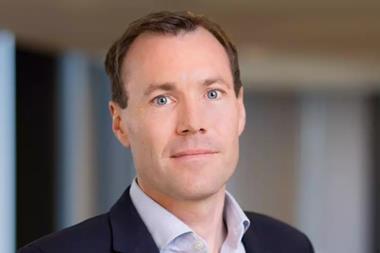European reinsurers have their financial strength stabilise after a two-year period of downward pressure, said AM Best.
It said strong accident year results were maintained through the 1st quarter of 2004 and are expected to persist through the year, it said. Combined with a partial restoration of capital levels, this has helped support the current ratings, AM Best said.
Accident year results reflect the ongoing hard market, said the company, with the delay in the recognition of this expected to support underwriting results through the rest of 2004, subject to low catastrophe losses.
AM Best also said capital had partially recovered due to both equity raising and some recovery in the capital markets.
But it said that while the absolute levels of European reinsurer financial strength ratings remain healthy, an overall return to the higher ratings of recent years seems unlikely.
AM Best said its predictions reflected the following factors:
· Capital is now being more actively managed to balance financial strength with return on capital employed. The extremely higher levels of capital adequacy seen in some cases historically are unlikely to be a management goal going forward.
· For those with historical exposure to US casualty business, the risk of further adverse development on US exposures remains, which could lead again to a strong 2004 accident year result being significantly pulled back by these prior year losses. Adverse development is most commonly recognised in the 3rd or 4th quarters.
· Some non-US liability markets have also shown substantial adverse development in recent years. While the scale of this is not yet close to that seen in the US, the potential for a more litigious environment in Europe, driving greater liability losses in future cannot be ignored. More positively, there are signs that reinsurers are taking steps to anticipate problems in Continental European liability lines before they reach truly serious proportions.
· While reinsurance recoverables are generally being managed down, debt leverage continues to grow. For some reinsurers, an increased presence in the life markets has also increased the amount of recognition of expected future profits from their life business in their current balance sheets. Accordingly, the overall quality of capital in the industry remains lower than the historical levels.
· While the current accident year results appear very good, with this expected to continue through 2004, the absolute levels of underwriting profitability are not as strong as might be hoped for at this stage in the cycle. Thus, unless the downside of the cycle proves much shallower than in recent times, or volumes are greatly reduced, a meaningful level of aggregate 'through the cycle' underwriting profitability may well prove unachievable.
· Reduced volume in a softer market is the publicly stated intention of most market participants. But the pressure to make profitable use of equity capital will pressure reinsurers to return capital to shareholders in line with reduced expected profitability. For those carrying any material degree of casualty/liability reserves into the soft market, this would put pressure on risk-adjusted capital adequacy as both reserve risk and asset risk will always fall more slowly than premium risk.
AM Best said the overall healthy levels of ratings of Europe's reinsurers reflect its view that capital adequacy is generally sufficiently robust to manage these challenges.





































